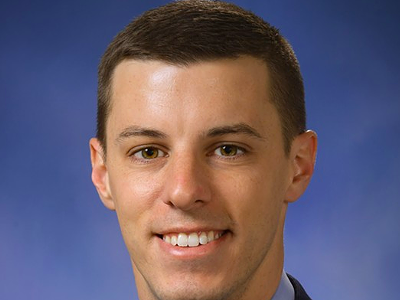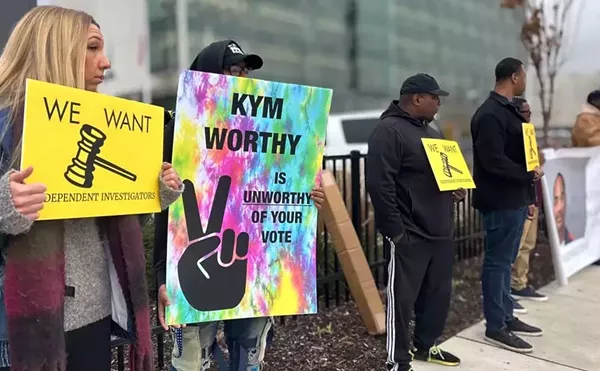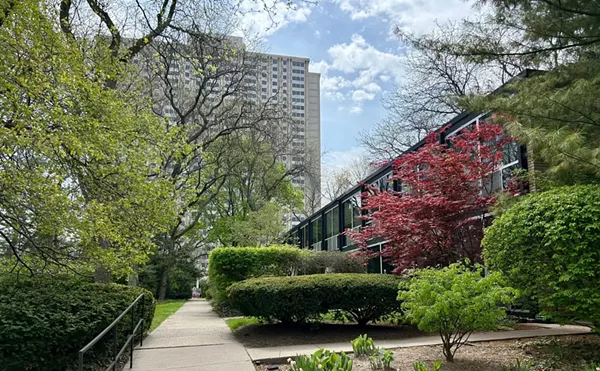
Audio By Carbonatix
[
{
"name": "GPT - Leaderboard - Inline - Content",
"component": "35519556",
"insertPoint": "5th",
"startingPoint": "3",
"requiredCountToDisplay": "3",
"maxInsertions": 100,
"adList": [
{
"adPreset": "LeaderboardInline"
}
]
}
]

As COVID cases continue to tumble, politicians of all stripes — even governors in liberal New Jersey, Delaware, and New York — are racing to declare that the pandemic is over.
OK, to be fair, they're not saying those exact words. But, in permanently ending long-term COVID precautions, they're saying it without saying it.
In New York, New Jersey, Delaware, and many more states, governors have recently announced the end of mask mandates, vaccine requirements for indoor dining, and other safety precautions. While there's a lot of hope that this may, in fact, be the end of the pandemic, full reversals may be premature. Because, remember: We already did this before.
Think back to the halcyon days of last April. Hot Vax Summer? Remember when the CDC director told us that a vaccine was the ticket to a mask-free life? Delta and omicron have since set pandemic-era records for daily cases and deaths.
As I've written extensively in these pages, pandemics don't end with some mass declaration or treaty we sign with the virus. Rather, we'll slowly get back to the things we once enjoyed that were rendered too risky by the virus — indoor dining, concerts, sporting events will all become commonplace. Allowing us, only then with the benefit of hindsight, to declare a moment when the pandemic ended.
Before I go further, I want to explain a peculiar paradox of this moment. Even though COVID deaths are falling precipitously, COVID mortality keeps rising. It's led to a horrifying split screen that has triggered a particular genre of responses to those who haven't thought deeply about the dynamics of this disease. "How can anyone who's not a sociopath want to drop COVID restrictions while COVID deaths are rising?!" Well, deaths are a lagging indicator. That's because people don't get infected with omicron and then immediately drop dead. It takes two to five days for the first symptoms to even manifest — let alone to cause death. People who are now dying of COVID are extremely unlikely to have been infected recently. Rather, they likely were infected with COVID two to four weeks ago, at the height of the surge. Dropping COVID precautions now will have zero impact on the death rate that day. While it sounds rash to drop precautions as deaths increase, the two are functionally unrelated. Indeed, the death rate will fall, and that's because the case rate has been falling now for weeks.
Now back to your regularly scheduled programming.
Here's where I'll give politicians credit right now: We must evolve with the virus. As omicron cases tumble, the mass contagion that rendered the virus so dangerous to society is subsiding. What's left is a massive barrier of acquired immunity and a less severe variant that has a high likelihood of suffocating most of the variants that come after it. Between that immunity barrier and our vaccines, the risks associated with COVID have dropped substantially. It makes sense that we adjust the facts on the ground. COVID precautions have a cost — to individuals and to society. We tolerate, even promote, the precautions only when the benefits outweigh that cost. As cases fall, the benefits fall with them. Ultimately, the cost-benefit calculation on the society-wide protections we required during the height of the omicron surge is changing by the day.
Politicians should establish a clear set of threshold metrics around hospitalization rates below which COVID precautions will be lifted.
tweet this
But here's what they're missing — and frankly have been missing throughout the pandemic. Much of what has made the experience of the pandemic so chaotic is the fact that the message about what we, as a society, are doing to protect ourselves has been so haphazard and unclear.
No more masks! Wait, we're wearing them again? Wait no, that's only if you're unvaccinated. Ope, sorry, we're all wearing them... but only in some places?
We're quarantining for 10 days. Nope, five days. Wait, is that just if you're vaccinated?... But you have to wear a mask?
Vaccines are required! But wait, how many vaccines? Two, right?... You really should get three. But two is OK?
It's the turbulence that leaves us so insecure. Part of this is inevitable, we're messaging around a changing virus into the cacophony of the internet.
But part of this is avoidable — and that's the part that politicians are now failing to avoid. By repealing mask mandates in schools and other public places without offering themselves any clear indications about the circumstances in which masks may be required again, they're failing to learn the lesson of this pandemic: You can't predict the future, so at least telegraph what you might do if circumstances change. Rather than fully repealing mask mandates, politicians should establish a clear set of threshold metrics around hospitalization rates below which COVID precautions will be lifted. If the frustration of COVID is that we can't predict the future, at least give the public a sense of what might happen as the future comes into view.
While I think it is time to start drawing down on COVID precautions, it's critical that we leave room to adjust if the pandemic has other plans for us. And that means giving the public a clear set of thresholds to hang their hat (or mask!) on.
Originally published Feb. 10 in The Incision. Get more at abdulelsayed.substack.com.
Stay connected with Detroit Metro Times. Subscribe to our newsletters, and follow us on Google News, Apple News, Twitter, Facebook, Instagram, or Reddit.






